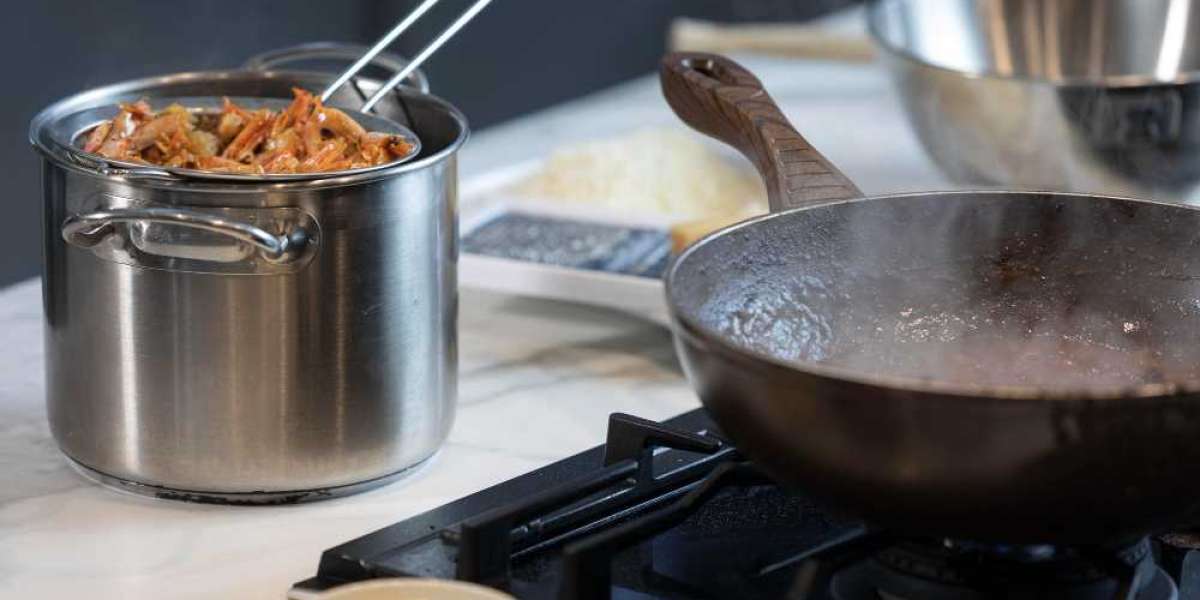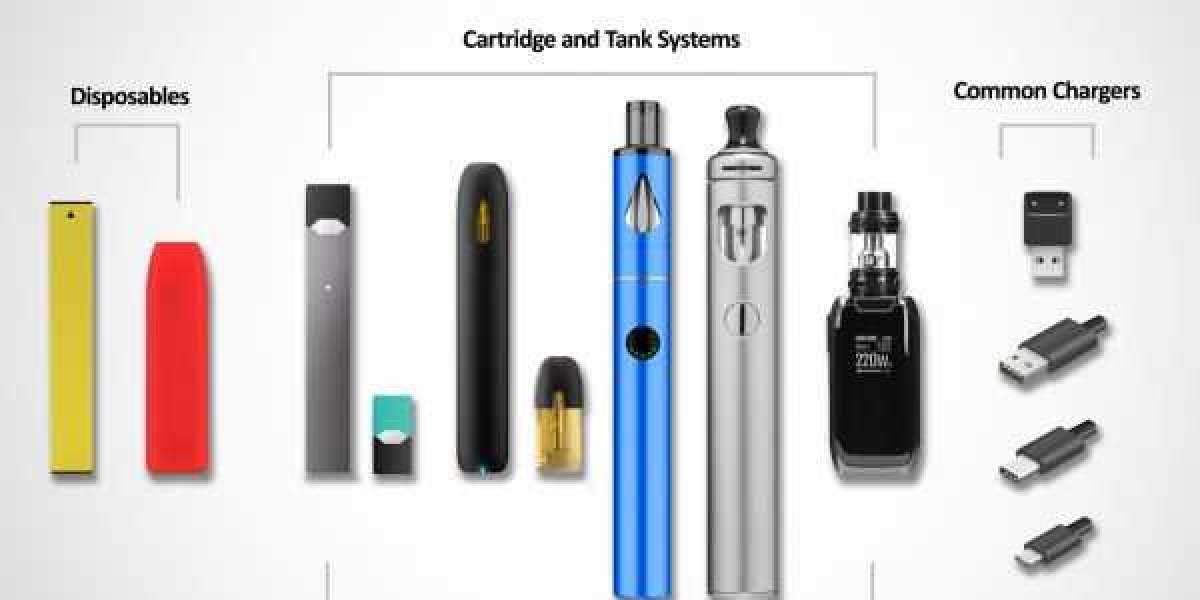Maintaining your kitchen equipment is crucial for ensuring longevity, performance, and safety. Whether you have a collection of non-stick pans, ceramic cookware, or a complete cookware set, proper care is essential. This blog will cover best practices for maintaining your non-stick pans and various kitchen items to keep them in optimal condition.
- Understanding Non-Stick Cookware
Non-stick cookware is a popular choice in many kitchens due to its ease of use and cleaning. The non-stick coating, often made from materials like Teflon or ceramic, allows for easy release of food and reduces the need for excessive oil or butter. To keep your non-stick cookware in good shape, follow these essential maintenance tips:
Avoid Metal Utensils: Metal utensils can scratch the non-stick surface, leading to reduced effectiveness and potential health hazards. Opt for wooden, silicone, or plastic utensils when cooking with non-stick pans.
Hand Wash Only: Although some non-stick cookware is labeled as dishwasher-safe, hand washing is often recommended. The harsh detergents and high temperatures of dishwashers can damage the non-stick coating over time. Use mild dish soap and a soft sponge to clean your non-stick pans.
Use Low to Medium Heat: High heat can degrade the non-stick coating. Stick to low or medium heat settings to prevent warping and preserve the coating’s integrity. This also helps in maintaining the efficiency of your non-stick cookware.
Avoid Abrasive Cleaners: Abrasive cleaners or scrubbing pads can damage the surface of your non-stick pans. Instead, use a soft sponge or cloth to clean any residue.
- Caring for Ceramic Cookware
Ceramic cookware is another excellent choice for those who prefer a non-reactive and eco-friendly option. It offers durability and a sleek appearance but requires specific care:
Preheat Gradually: Avoid subjecting ceramic cookware to sudden temperature changes. Preheat your ceramic pots and pans gradually to avoid thermal shock that can crack or damage the surface.
Use Wooden or Silicone Utensils: Similar to non-stick cookware, ceramic cookware benefits from the use of wooden or silicone utensils. Metal utensils can scratch and compromise the surface.
Hand Wash with Care: To maintain the quality of your ceramic cookware, wash it by hand with warm soapy water. Avoid using harsh cleaners or scrubbers that might scratch the surface.
Store Properly: When stacking ceramic cookware, place a paper towel or cloth between each piece to prevent scratches.
- Maintaining Granite Cookware
Granite cookware is renowned for its durability and non-stick properties. Here’s how to keep your granite cookware in top shape:
Avoid High Heat: Just like with non-stick and ceramic cookware, using high heat with granite cookware can damage the coating. Stick to low or medium heat settings.
Use Soft Utensils: To avoid scratching, use soft utensils made of wood, silicone, or plastic.
Hand Wash: Although some granite cookware can be washed in the dishwasher, hand washing is recommended to extend the life of the cookware. Use mild detergent and a non-abrasive sponge.
- Proper Care for Cooking Pots and Pans
For traditional pots and pans, including soup pots, frying pans, and pressure cookers, follow these general maintenance tips:
Season Cast Iron: If you have cast iron cooking pots, seasoning them regularly will keep them rust-free and maintain their non-stick properties. Apply a thin layer of vegetable oil and bake at a high temperature to season.
Dry Thoroughly: Always dry your pots and pans thoroughly after washing to prevent rusting. This is especially important for stainless steel and cast iron cookware.
Avoid Soaking: Soaking pots and pans can lead to rusting and deterioration. Instead, clean them immediately after use.
- Maintaining Other Kitchen Items
Cutlery: Keep your knives sharp by honing them regularly and avoid putting them in the dishwasher, which can dull the blades. Hand wash and dry your cutlery immediately after use.
Dish Rack and Canister: Regularly clean your dish rack and canister to prevent the buildup of grime and bacteria. A quick wash with warm soapy water is usually sufficient.
Drinkware and Dinner Set: Clean your drinkware and dinner set according to the material. For example, glass and porcelain items can often be washed in the dishwasher, while delicate items should be hand washed.
Cake Mold and Serving Dishes: Non-stick cake molds should be cleaned gently to avoid scratching. Serving dishes made from various materials should be cleaned according to their specific care instructions.
Pressure Cooker: Ensure that the gasket and safety valves on your pressure cooker are clean and in good condition. Regularly inspect and replace the gasket if it shows signs of wear.
Ceramic Saucepan: For ceramic saucepans, follow the same care instructions as for other ceramic cookware, avoiding sudden temperature changes and using non-abrasive cleaners.
- General Tips for Kitchen Equipment Care
Store Properly: Proper storage can prevent damage to your kitchen items. Use protective covers or soft cloths to avoid scratches and other damage.
Regular Maintenance: Regularly inspect and clean your kitchen equipment to address any issues before they become significant problems.
Avoid Overcrowding: Don’t overcrowd your kitchen cabinets or drawers. This can lead to damage and make it harder to access your kitchen items.
Conclusion
Proper maintenance of your kitchen items, including non-stick pans, ceramic cookware, and other kitchen equipment, is essential for extending their lifespan and ensuring optimal performance. By following these best practices, you can keep your kitchenware in excellent condition and enjoy their benefits for years to come.







